Ryan M. McGranaghan
Global Earth Magnetic Field Modeling and Forecasting with Spherical Harmonics Decomposition
Feb 02, 2021

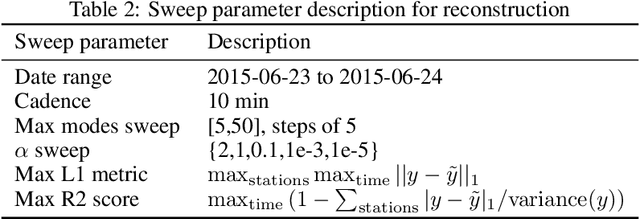
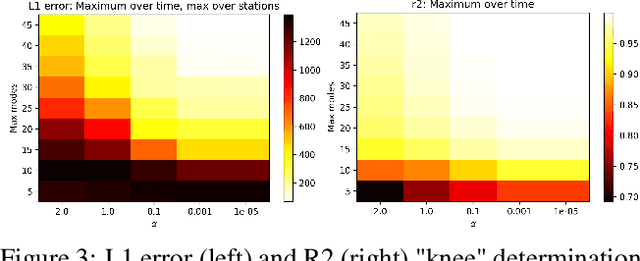
Abstract:Modeling and forecasting the solar wind-driven global magnetic field perturbations is an open challenge. Current approaches depend on simulations of computationally demanding models like the Magnetohydrodynamics (MHD) model or sampling spatially and temporally through sparse ground-based stations (SuperMAG). In this paper, we develop a Deep Learning model that forecasts in Spherical Harmonics space 2, replacing reliance on MHD models and providing global coverage at one minute cadence, improving over the current state-of-the-art which relies on feature engineering. We evaluate the performance in SuperMAG dataset (improved by 14.53%) and MHD simulations (improved by 24.35%). Additionally, we evaluate the extrapolation performance of the spherical harmonics reconstruction based on sparse ground-based stations (SuperMAG), showing that spherical harmonics can reliably reconstruct the global magnetic field as evaluated on MHD simulation.
Next generation particle precipitation: Mesoscale prediction through machine learning (a case study and framework for progress)
Nov 19, 2020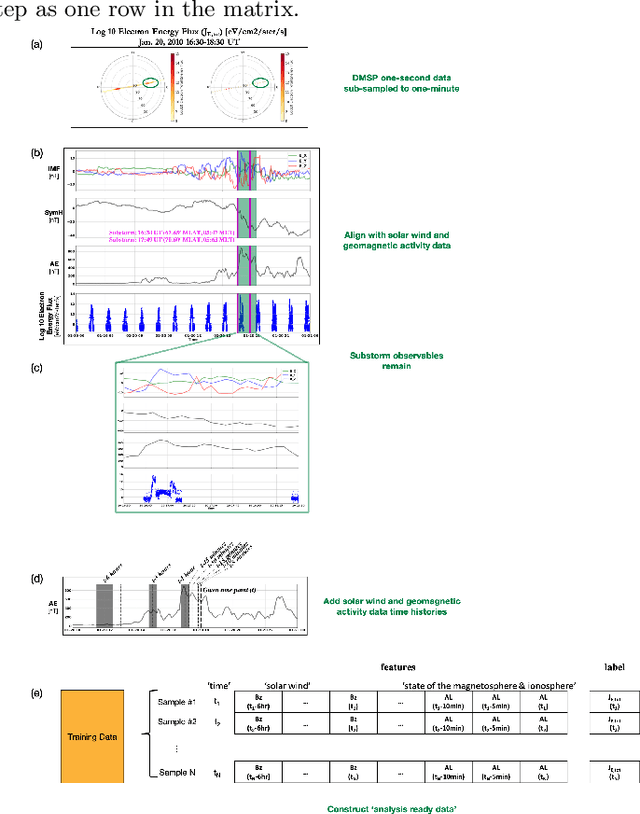
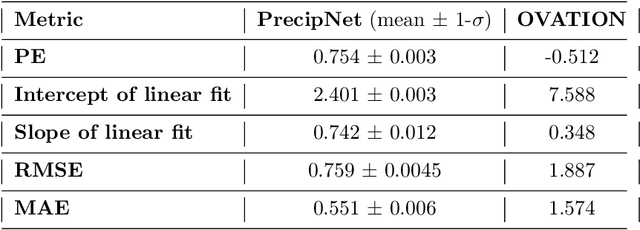
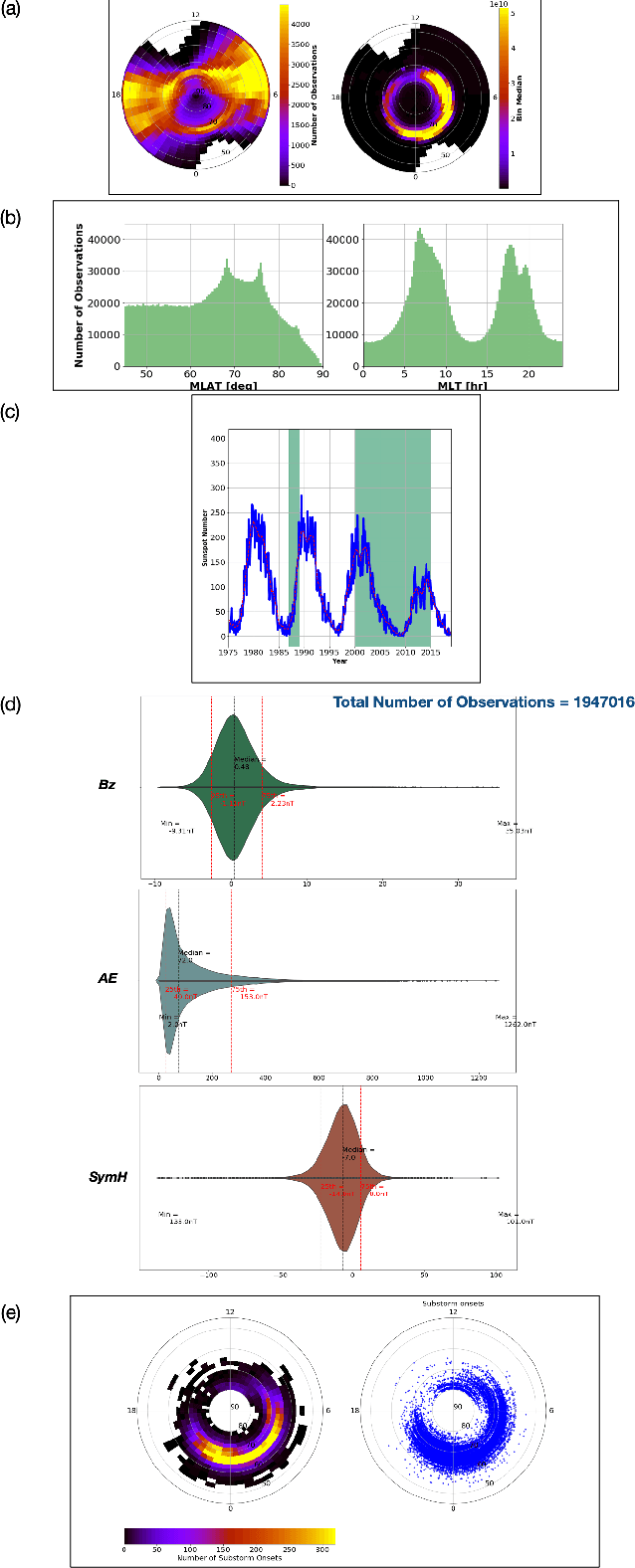
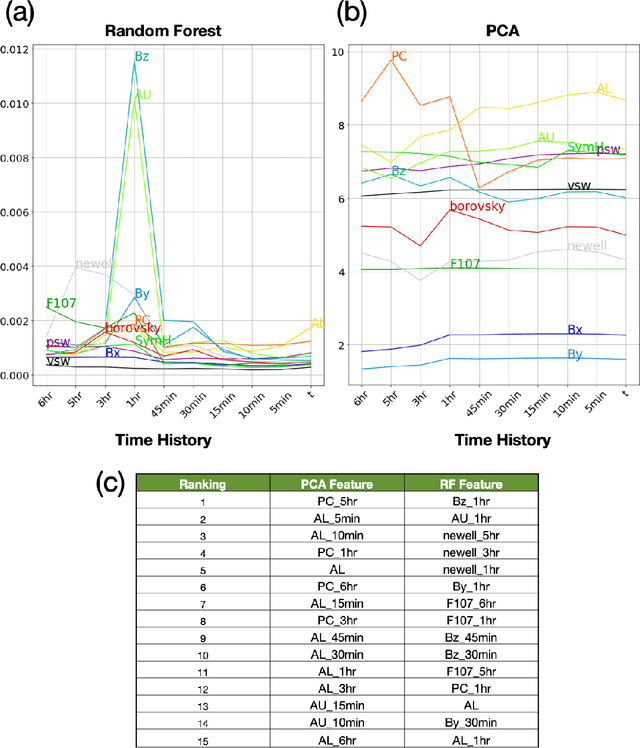
Abstract:We advance the modeling capability of electron particle precipitation from the magnetosphere to the ionosphere through a new database and use of machine learning tools to gain utility from those data. We have compiled, curated, analyzed, and made available a new and more capable database of particle precipitation data that includes 51 satellite years of Defense Meteorological Satellite Program (DMSP) observations temporally aligned with solar wind and geomagnetic activity data. The new total electron energy flux particle precipitation nowcast model, a neural network called PrecipNet, takes advantage of increased expressive power afforded by machine learning approaches to appropriately utilize diverse information from the solar wind and geomagnetic activity and, importantly, their time histories. With a more capable representation of the organizing parameters and the target electron energy flux observations, PrecipNet achieves a >50% reduction in errors from a current state-of-the-art model (OVATION Prime), better captures the dynamic changes of the auroral flux, and provides evidence that it can capably reconstruct mesoscale phenomena. We create and apply a new framework for space weather model evaluation that culminates previous guidance from across the solar-terrestrial research community. The research approach and results are representative of the `new frontier' of space weather research at the intersection of traditional and data science-driven discovery and provides a foundation for future efforts.
 Add to Chrome
Add to Chrome Add to Firefox
Add to Firefox Add to Edge
Add to Edge